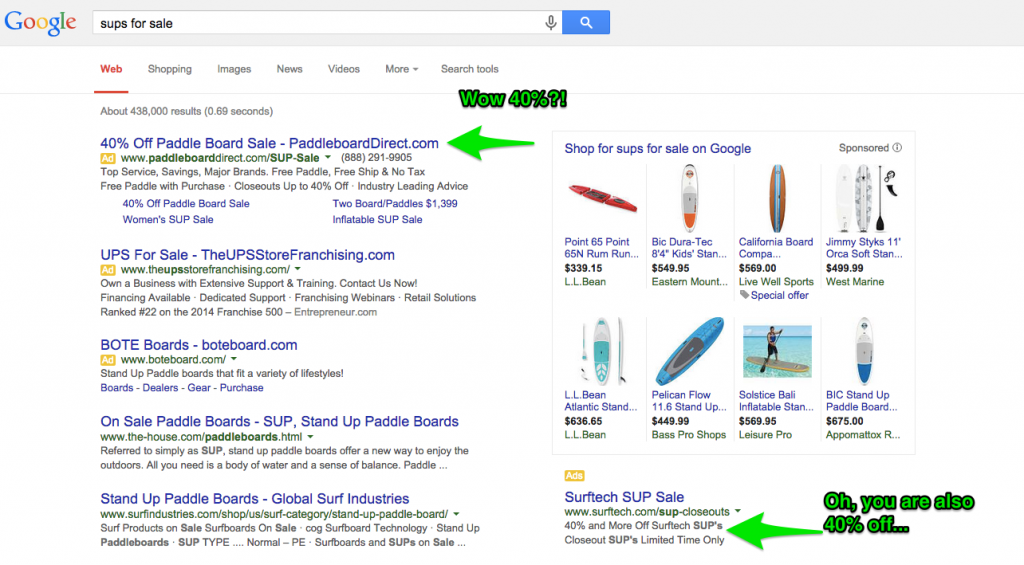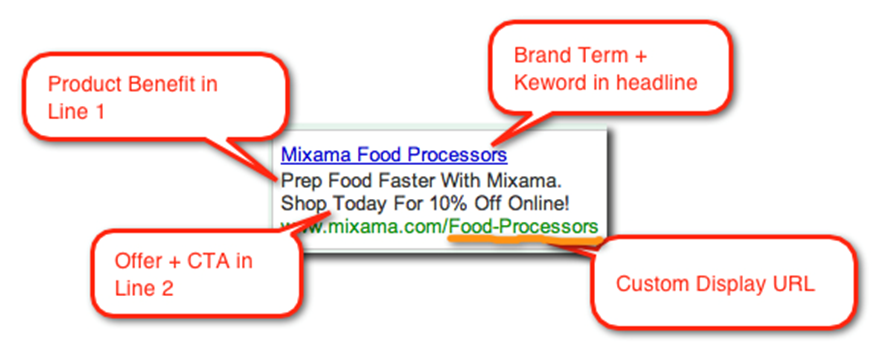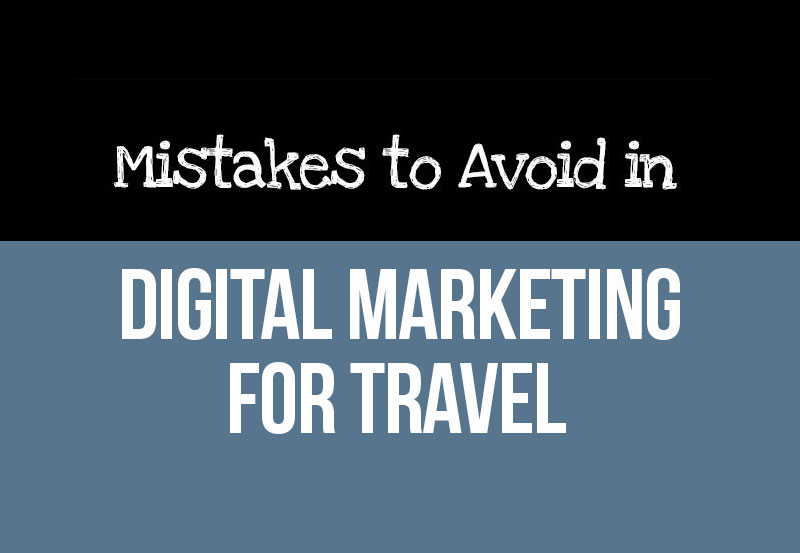Killer Tips to Make the Most of Google AdWords
Every successful advertiser sets up and manages AdWords campaigns with a checklist.
Just like a recipe, you need key ingredients for to work.
One doesn’t have to spend a great deal of money or over-complicate things. Just keep it simple to begin with, by doing as little as the system allows you, in the beginning. And most of all be patient. If you quit too early you won’t see any benefits.
Let’s see the key ingredients:
1. Customer Demand
You need to start by verifing there is in fact search volume for what you’re offering.
The tool for the job is the Google AdWords Keyword Suggestion Tool, which acts a lot like a thesaurus.
You enter in phrases you think your potential customers are looking for, and Google gives you other similar, relevant phrases.
Keyword Planner tells you how frequently words are searched, how competitive they are in (searches per month), and what the advertising cost for each keyword is likely to be.
Having this info will help you decide which keywords to use in your first campaign.
The following questions will help when deciding whether or not to advertise a particular keyword.
- Is the keyword searched in Google? (how high is the month search volume)
- Is it possible that the person searching this keyword will buy my product or service?
- What is the intent of the keyword?
- Transactional – ‘Mount Everest Base Camp Trek’
- Research – ‘Who has climbed Everest’
- Is the keyword affordable (average Cost per Click), and will it bring return-on-investment (ROI)?
2. Basic Math
The key question is whether you can afford to bid for the keyword.
You will need to calculate your maximum cost per click (Max CPC) and compare your max CPC to the estimated keyword CPC in the Keyword Tool.
This formula will help:
Max CPC = (profit per customer) x (1 – profit margin) x (website conversion rate)
3. Competitor Intelligence
This is important because you can reduce your risk by weighing competitor intelligence, and you can do it by using a tool called KeywordSpy which gathers, organises, and provides access your competitors’ advertising information history.
All you have to do is sign up, and log in after setting up an account at www.KeywordSpy.com and then clicking on the free trial button.
Spyfu.com is another option to use. It will show you the average CRT and also which companies have advertised with a specific keyword the last three months, and also what other keywords have done well.
4. Powerful USP
Your USP, or unique selling proposition, is what makes your business stand out from your competitors and gives your customers a reason to click your ad.
Three important reasons for creating a strong USP are:
- A strong USP will create more traffic from qualified prospects
- A strong USP will greatly increase your sales conversion rates
- A strong USP can abolish comparison shopping
It is important to ensure that your USP isn’t the same as a competitor’s…

Direct your attention to your strengths, and what you’re better at than your competition.
Price is an effective tool to generate clicks, but ensure that the prices you have listed are the real.
Percentage discounts are also effectibe.
Talk and listen to your customers for feedback on why they use you.
Lastly, examine your competitor’s ads, websites, and marketing materials for inspiration.
5. Irresistible Offering
Your offer should consist of the following 4 components:
- Valuable
Your product or service should have more intrinsic value than the price.
This basically means that the value your product or service provides, is more significant to the end user than the price they pay.
Value can come in many forms.
- Convincing
Provide a believable reason why your offer is true – e.g. why are you offering a big discount.
- Successes:
If you’re ‘award-winning’ let potential customers know!
Using customer review scores from Feefo or Trust Pilot also work well.
- Call to Action
If you want your customer to phone you, make it simple for them to do so when they land on your site
The more complicated the search around your website, the more you will lose.
A strong call to action should be simple.
6. Effective and Compelling Ads
With AdWords when people click on your ads, you pay.
An advert is an opportunity to introduce your brand/to a new audience and sell your product or service.
An advert needs a few key elements:

You need to prevent persons from clicking who will not be potential customers, thereby wasting your ad budget.
The result will be more traffic, sales, not as much wasted money on unqualified traffic, and more profits.
Keep in mind that since there isn’t much space (even with ETA), you must be simple and direct when writing.
The components of the text are:
- The most important component is the headline since it’s what will be read first.
- Your keyword should be included in the headline of your ad because Google will bold it, and that way it will stand out from other ads. AdWords allows 25 characters for your headline.
- Description Line 1 and 2. In the two description lines, mention the benefits of your service, state your USP, describe your offer. You have 35 characters for each description line.
- Display URL. Your domain name shouldn’t just be copied and pasted. Use your Display URL to include your offer, call to action, your USP, anything that will make your ad be noticeable.
7. Killer Landing Pages
The landing page should match the keyword and the ad. This will continually reassure the customer that they are following a consistent path.
Your headline, is the first thing your prospect will read and must attract the attention, repeat the offer in the ad, and encourage someone to keep on reading.
Your landing page should again be related to the keyword searched and the ad clicked on. Your USP should be included as well as benefits of your product, service, details etc.
Points that should be considered in a nutshell are:
- Simple design with not many animations, videos or complicated design
- Strong headline that can be clearly read
- Don’t use complex terms be simple and clear and use daily language
- Help the reader understand what you have to say, by using visual aids like bullet points and pictures.
8. Conversion Tracking
Conversion tracking is simply a way of assessing sales produced by your AdWords campaign which lets you know which keywords and ads are delivering sales.
This is crucial to effective management of Google AdWords, and your business!
![]()
The AdWords conversion tracking code can be found in the AdWords account under ‘Tools and Analysis > Conversions’.
To create a new conversion, just click on the [+ Conversion] button and follow the steps.
Recommendations for tracking offline sales are:
- Conversion page in your sales process
- Specific coupon codes in your ads and landing pages
- Tracking phone numbers in your ads and landing pages
Tools such as Response Tap and Infinity are effective tools for doing this.
9. Successful AdWords Settings
Important settings for success apart from Keyword Match Types and Negative Keywords, which have already been mentioned are:
- Search vs. Display: requires different sets of keywords, ads, and landing pages. Always set up different campaigns to aim at every network.
- Device Bids: 34% of small businesses have mobile optimised website. 66% do not have a mobile-friendly website
Search Network only should be selected for your campaign type, that way Google Search Network and not the Display Network is targeted. Now you can enable the ads and start optimising your campaign.
10. Optimization
Once you’ve enabled your campaign your ads are live, but that’s only the start of the battle. Continual optimisation is required for success.
Three main areas to improve your AdWords campaign performance are:
- Keyword bids – Once you generate clicks and sales, your bids must be modified accordingly.
- Ad click-through rate (CTR) – Directly affects your quality score, and this dictates what you pay per click. Test different ads, that way you see which type gets the most clicks.
- Landing page conversion rate. Many tools can help so as to test different landing page versions like Analytics Experiments. It’s easy and free all you have to do is set up a free account. Experiment by testing two different versions of your landing page and measuring which one generates the most conversions.
The above mentioned point steps will guarantee that your money goes into your bank account, instead of funding Google’s empire.
There is no doubt that Google AdWords works for all those involved.
Optimise Your Landing Pages
It’s possible to spend a lot of money and time on their AdWords campaign.
Unless the page you’re sending people to is optimised for your specific conversions, you’re throwing it away.
Top AdWords Landing Page Optimisation Recommendations:
- Match AdWords headline to the landing page headline
- Make sure that the landing page’s CTA stands out from the remaining page so people know how and where to engage
- Landing page should be simple and to the point
- Make sure the selling point (also called USP) in your Google AdWords campaign is the same as your landing page
Test Ad Variations
It is of crucial importance to test a range of possible ad variations, to see which elements deliver the best results.
The aim is to find the optimum performance from all your ads, by understanding which resonate with your customers, and deliver the best results.
There are those that find it worthwhile to test more often, but we find six weeks seems to give a defined set of results.
Variables to test:
- Headline
- Display URL (short vs long)
- Call-to-action copy
- Ad extensions
- Device targeting
- Time-of-day budget increases
Talk To Us
Whilst Google AdWords PPC management requires a hands-on approach, the best approach is to talk to the experts.
Advice tailored to your website, and your resources is crucial to achieving the best possible ROI from Google AdWords.
Get in touch with us today for a FREE, no-obligation PPC Audit.
By continuing to use the site, you agree to the use of cookies. more information
The cookie settings on this website are set to "allow cookies" to give you the best browsing experience possible. If you continue to use this website without changing your cookie settings or you click "Accept" below then you are consenting to this.














